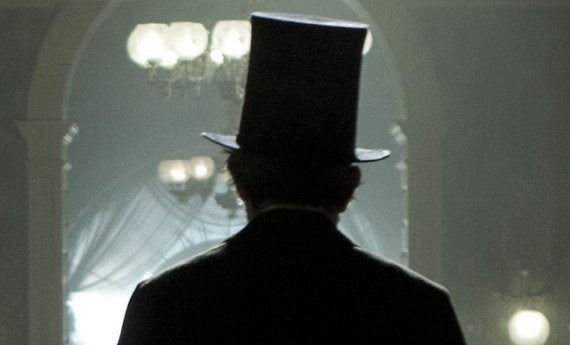
Tomorrow's Oscar nominations will set in motion the near certainty of a winning juggernaut for the film Lincoln across eligible categories. At least from the perspective of a rapt ticket-buying public, it is hard to imagine that any nominee from its admirable and assiduous team will fail to prevail among their professional colleagues regardless of task: directing, acting, music, design, composition, and production. Time will tell.
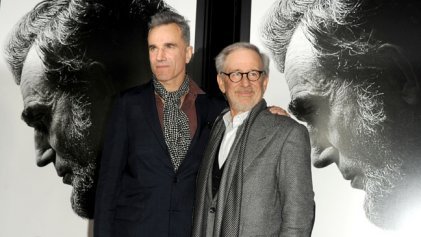
Daniel Day Lewis and Stephen Spielberg
Bearing in mind the apple-pie essence of such well-merited Academy Award hype, it is worth taking note of the ironic fact that the setting for the film's making was the capital of the Confederacy: Richmond, Virginia and, in particular, the great Palladian Capitol building designed by Thomas Jefferson, son of the Commonwealth, founder of the University of Virginia, and designer of its vibrant academic village, our third president, author of the Declaration of Independence, father of the separation of church and state, Francophile, aesthete, and slave holder.
While secondary to the precise circumstances of the script with passage of the 13th Amendment at the imminent end of the Civil War at its narrative core, the selected setting as illuminated and manipulated by the artists in charge offers this additional and ironic look at the contradicting forces of America's founding, including its original sin of slavery. The Capitol in Washington, D.C. was apparently too far removed from the accessible ambiance well known now as a hallmark of mid 19th-century political life, not to mention what must be the heavy hand of Homeland Security oversight even if you're Stephen Spielberg seeking to portray the binding hero of modern America.
Instead, Governor Jefferson's concept atop a nascent Richmond's shining Shockoe Hill as the ideal site for the Commonwealth's new post-Williamsburg seat of governance in the revolutionary year of 1780 weathered the test of time so profoundly that even today it could stand in as an essential architectural metaphor for America's gradual yet inevitable journey towards liberty and justice for all. President Lincoln visited the great Jefferson landmark in the weeklong interval between surrender and assassination. He above all would acknowledge the transcendence of profound classical language as symbolic of abiding American purpose befitting the founders' most basic intent even in ways contemporaneously inconceivable like abolition. A timeless setting allowed timeless accommodation for change.
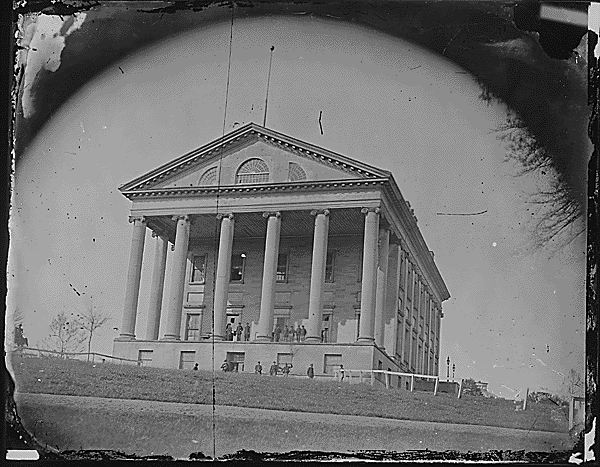
The Richmond Capitol, 1865
The guiding classical blueprint for Jefferson and his conceptual partner, French fellow traveler Charles-Louis Clérisseau, was the ancient Roman temple in Nîmes, France, still standing today as the Maison Carée: an evident Republican model.
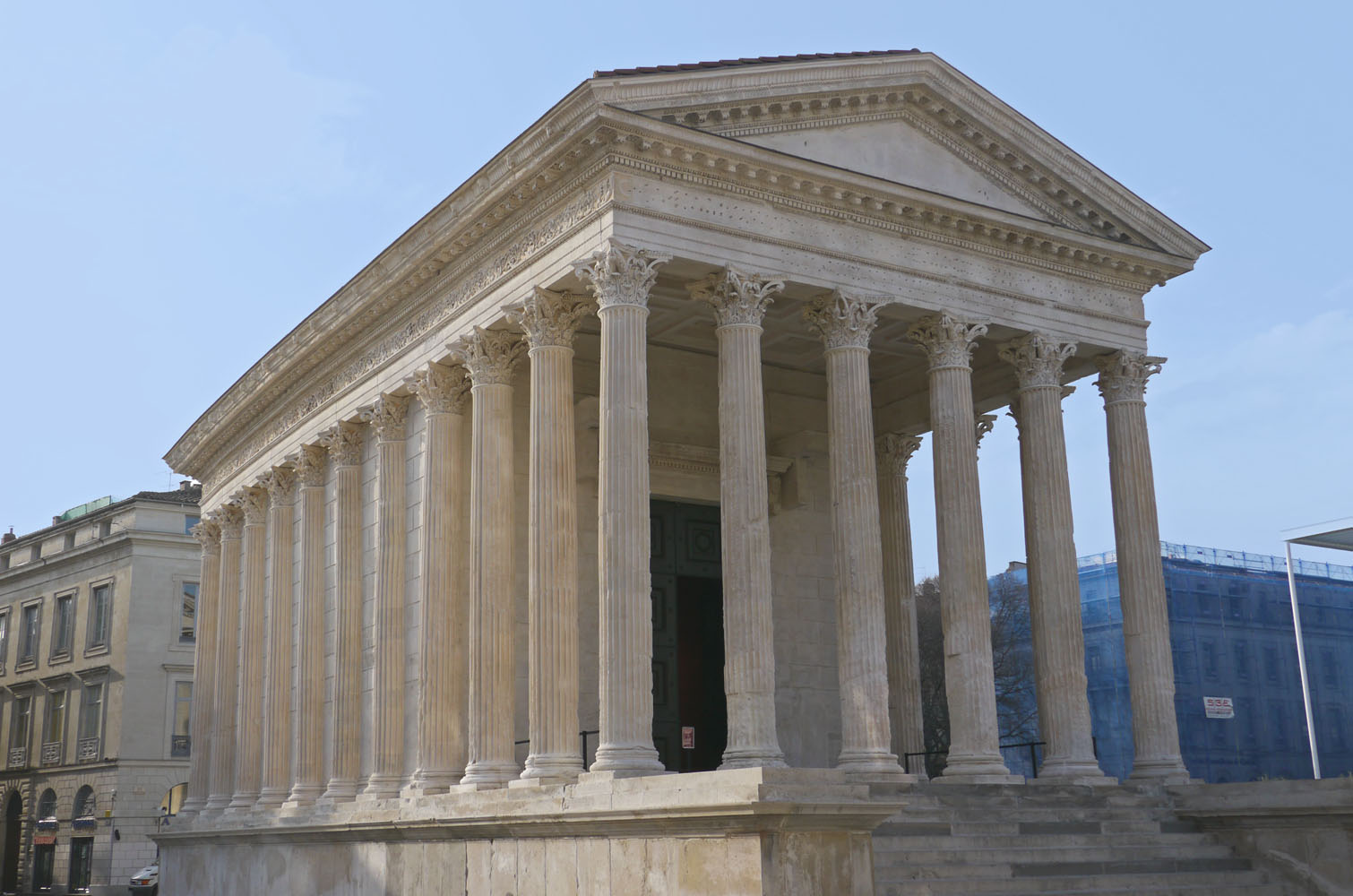
The Maison Carée
The resulting Richmond State Capitol made use of the Ionic Order, taking the place of its French inspiration's Corinthian, perhaps due to what was perceived then, as even now, as its relatively virile, stripped-down essence describing structural purpose. Early 20th-century symmetrical wings compromised its surviving integrity yet serendipitously helped spell survival even in the early age of preservation with commensurate utility as a functioning seat of state government. Thanks to enlightened public servants and elected officials and the history-minded constituents all of them serve, an early 21st-century renovation and ambitious interpretive overlay for visitors further secured its dynamic use alongside the kind of sensitive restoration that lead directly to its choice as the Lincoln set.
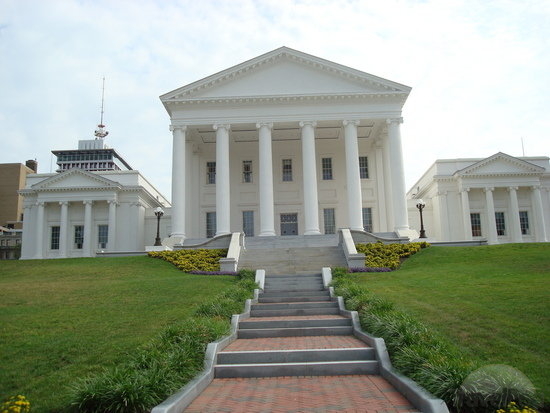
The Richmond Capitol today
While taking stock of 2013 Oscar nominations and keeping score on the night of the awards themselves, bear in mind how a great director shaped his story of freedom from a place that once stood in its blood-soaked way. And how the Republican vision of Jefferson himself set the stage -- now literally, if surreptitiously, illuminated by a superlative film -- for another great President, who in turn extended such vision in many ways beyond the capacity of his predecessor, perhaps only excepting Jefferson's civic imagination and architectural underpinnings.